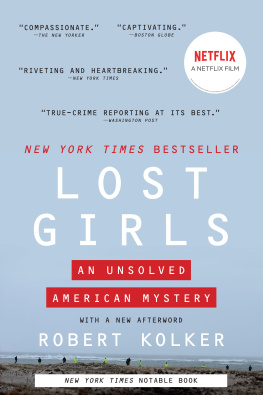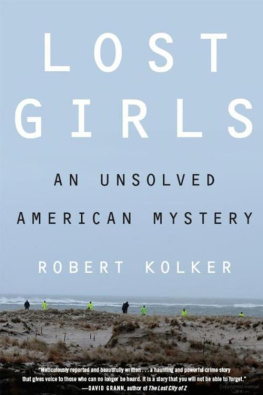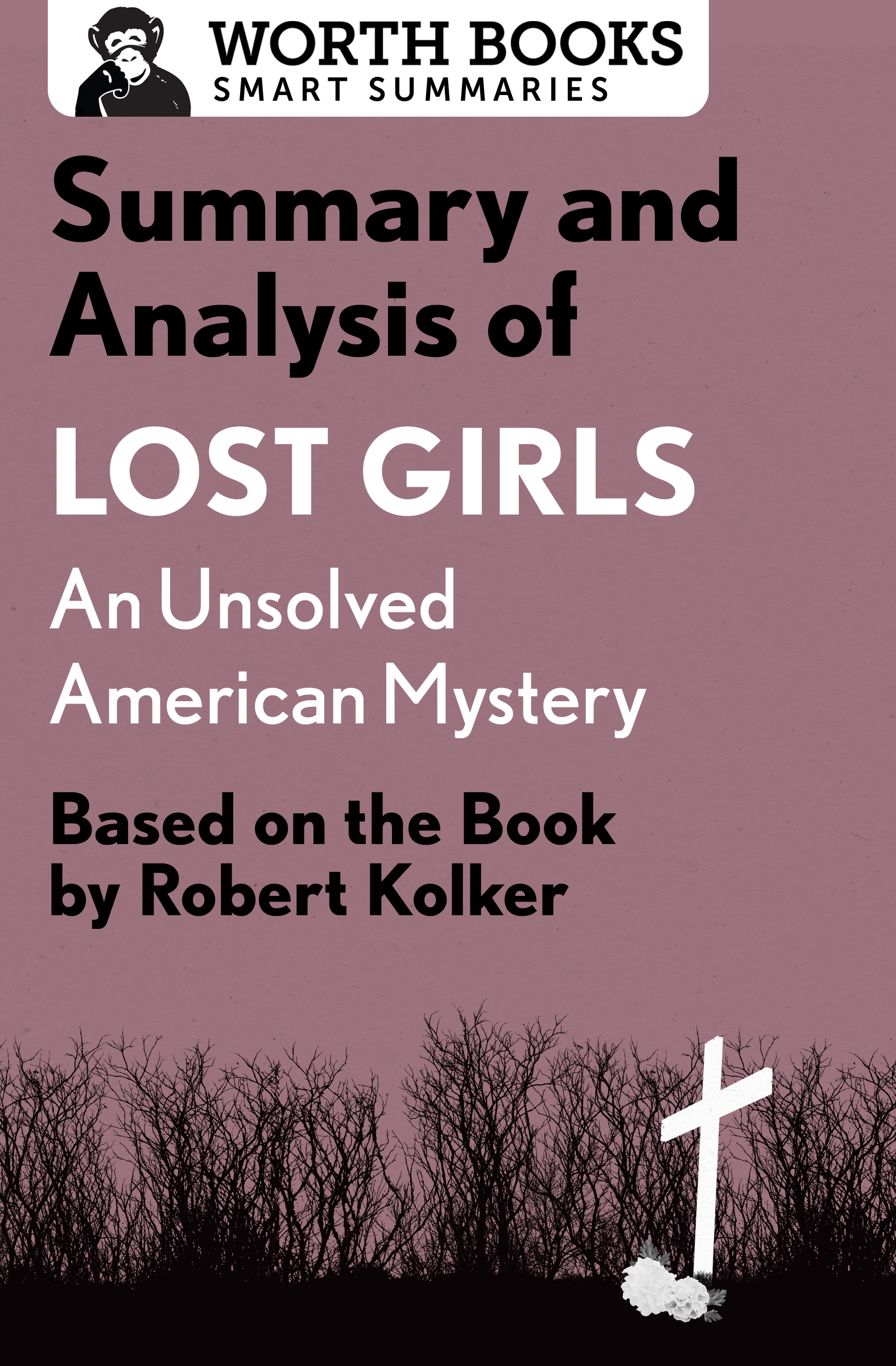Context
Since Jack the Ripper first terrorized Londons East End in 1888, readers have been fascinated by serial killers. The Whitechapel Murderer, who killed and gruesomely mutilated at least five prostitutes, was extensively covered in the press at the time, and has provided an enduring legacy for true crime authors, armchair sleuths, and fiction writers alike. Since then, other serial killers have occupied the popular imagination, with names like the Zodiac Killer, the Killer Clown, and the Son of Sam. The Long Island serial killer (LISK), however, shares much in common with his 19th-century counterpart: both were the subject of intense media scrutiny, both inspired elaborate conspiracy theories, and both targeted prostitutes.
This latter point is not unique to either Jack the Ripper or the LISK. As Lost Girls author Robert Kolker explores, serial killers who target women disproportionately kill prostitutes. Escorts are easier to lure and harder for police to track than women in legal professions. They also do not inspire the same public sympathy other missing women mightthey are, in some ways, considered disposable. And yet, Kolker takes great pains to show that these victims, though prostitutes, were not anonymous, untraceable nobodies. Their disappearances were taken very seriously by their friends and families, if not always by the police.
Lost Girls examines the circumstances that lead some women into sex work despite the dangers of the profession. In this way, Lost Girls is unique in the true crime genre: it focuses on the victims rather than on the crimes or investigation. Kolker articulated his approach in a 2013 interview, saying Were in a culture that spends a lot of time thinking about mass murderers and serial killers in fiction and nonfiction, and not a lot of attention is paid to the victims. If a book like this can make people think more about the people who are victims, then so much the better.
Relying on interviews with the victims friends and families, Kolker rounds out each individuals story and, as a result, humanizes women who might otherwise be identified only by their profession and their remains. Because the killer remains unknownin fact, police not even sure if it was a single killerKolker is free to explore not only the women who died, but also the devastating effects of their deaths on those who loved them.
Summary and Analysis of
Lost Girls
An Unsolved American Mystery
Based on the Book by Robert Kolker

Contents
Overview
In the early hours of the morning on May 1, 2010, an escort named Shannan Gilbert vanished after fleeing the house of a clienta johnin Oak Beach, Long Island. Seven months later, while searching for Shannan, police discovered the skeletal remains of four other womenMelissa Barthelemy, Megan Waterman, Amber Lynn Costello, and Maureen Brainard-Barnesburied in the brush along Ocean Parkway near Gilgo Beach. In the ensuing months, they found five more sets of remains buried nearby. A year later, they discovered Shannans body in the Oak Beach marsh. Like Shannan, the four women buried along Gilgo Beach were escorts who advertised their services on Craigslist. Unlike Shannan, they went to their final appointments alone; after each one disappeared, nobody knew where to look for them. The first part of Lost Girls introduces each of these five women and details their lives from birth to disappearance. All had somewhat troubled childhoods, with experiences that ranged from negligent parenting to abuse to trouble with the law. As young women, they all struggled to find jobs and turned to escorting to support themselves.
The second part of the book covers the police investigation and the responses both from the community and those who knew and loved the victims. We learn how the community of Oak Beach was shaken, first by Shannans disappearance and, later, by the realization that a serial killer might well be in their midst. Tensions among the residents led to accusations of a cover-up by the Oak Island Beach Association. At the same time, the victims families came together to form a small circle of support, though even they succumbed to infighting. The Suffolk County police appeared ill-equipped to handle the case, and, even while they continued to discover more and more remains, they never identified a clear suspect.
In the end, the families are left without clear answers about what happened to their daughters, sisters, and mothers. Some continue to pursue justice through legal means or independent investigations, while others seek solace by fighting the stigmatization of sex workers.
Summary
Prologue
Gilgo Beach is secluded, and located on the Jones Beach barrier island along Long Islands south shore. In the early hours of May 1, 2010, Michael Pak, a driver who frequently worked with prostitutes, drove Shannan Gilbert inside a gated community called Oak Beach. She had a date lined up with a new client inside this small neighborhood just east of Gilgo Beach. A few hours later, Oak Beach resident Gus Coletti heard Shannan banging on his door and screaming for help. Moments later, she ran off and disappeared. Gus called 911 while Michael tried to find Shannan, but she was never seen again. Seven months later, the remains of four other escorts were discovered buried along Gilgo Beach. These women were all missing persons, but the police had not been looking for them.
Need to Know: Although the friends and families of the missing women had been searching for themsome for several yearsnobody else seemed concerned about finding them. The fact that they were prostitutes who advertised online made them easy targets, ones who were not worth looking for. It was only their involvement with a serial killer case that made them seem important to the police, to the media, and to the public.
Book One
I.
Maureen
Maureen Brainard-Barnes grew up in the industrial port town of Groton, Connecticut. Her mother, Marie, worked long hours at the nearby casinos, leaving Maureen and her younger brother and sister alone for much of their childhoods. As a youngster, Maureen was introverted and bookish, but as she grew older, she became more interested in dating. In 1999, at the age of 16, Maureen got pregnant, left school, and married her boyfriend, Jason Brainard-Barnes. The marriage quickly fell apart, and Maureen took on a series of service-industry jobs. She wrote poetry and rap lyrics, and dreamed of having a career in music. To advance her career, she began to look into online modeling sites, which turned out to be nude modeling and escort services. She quickly realized she could make more money by posting her services directly on Craigslist.
Need to Know: Maureen was a soulful individual who used her writingin notebooks, rap lyrics, and MySpace postsas a way of expressing herself. She struggled to make ends meet and find fulfillment through her music. She saw sex work as a quick way to better her life.
Melissa
Melissa Barthelemy was born on April 14, 1985, in Buffalo, New York. Her mother, Lynn, was only 16 when she got pregnant, and Melissa spent most of her childhood living with her mother in her grandparents home. When Melissa was 9, her half sister Amanda was born, and though Melissa grew into a wild teenager, she always loved doing her sisters hair. By the time she was 16, Melissa had begun skipping school, staying out late, and getting into trouble. Though she was tinyunder 5 feet tall and weighing around 95 poundsshe never let anybody tell her what to do, including her parents. All of Lynns efforts to set Melissa on the right path seemed to fail, though eventually Melissa did move out, finish high school, and attend beauty school. After graduation, however, she couldnt find a good job as a hair stylist, and she began dating a man her family did not approve of. In 2006, she moved to New York City with her boyfriend after telling her family she had been offered a job cutting hair.











